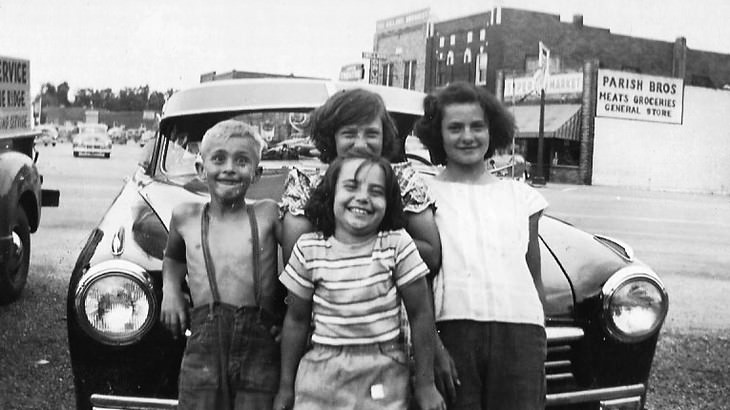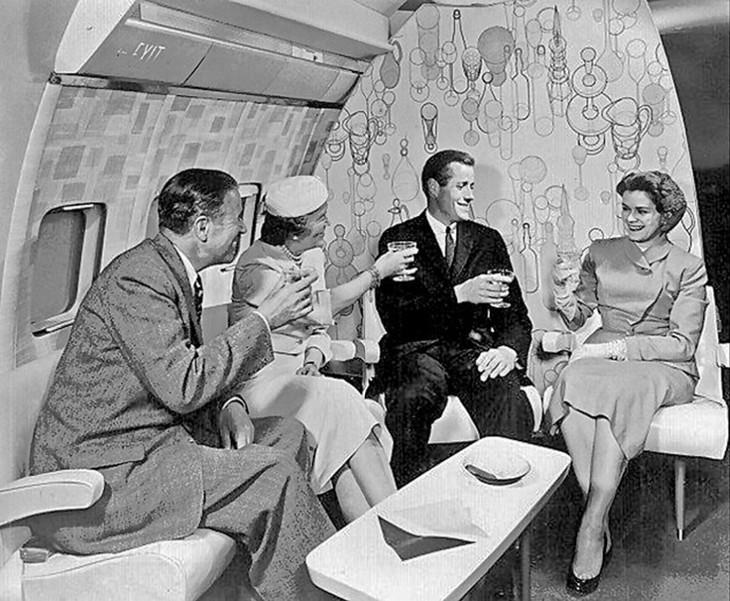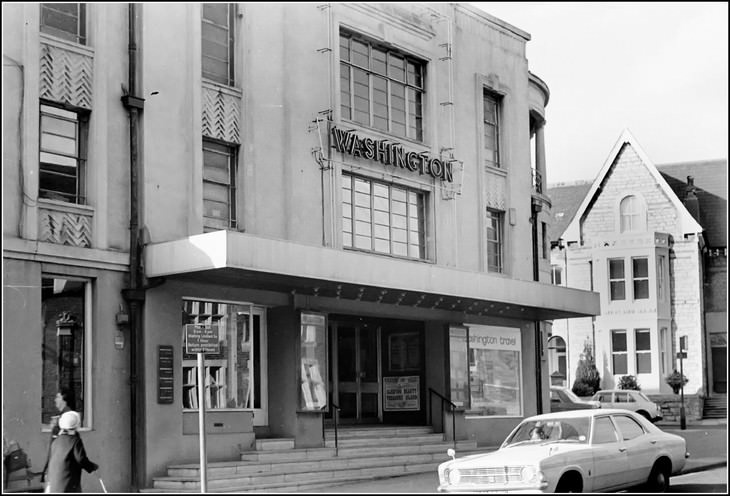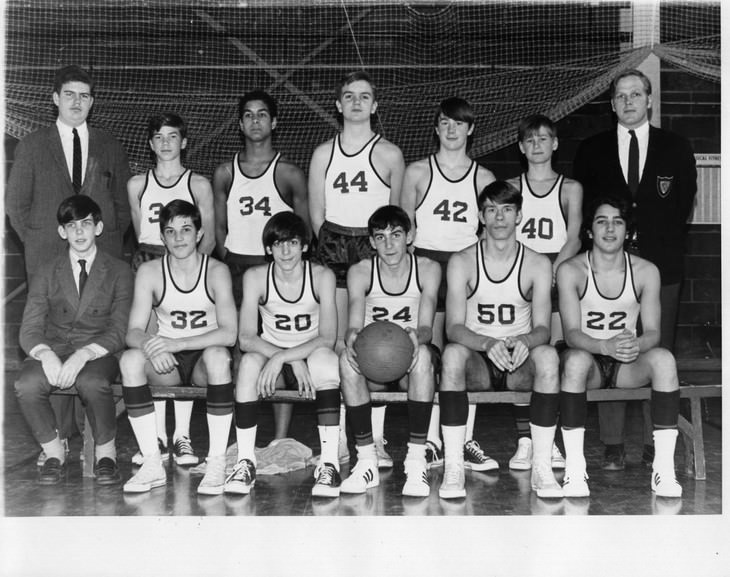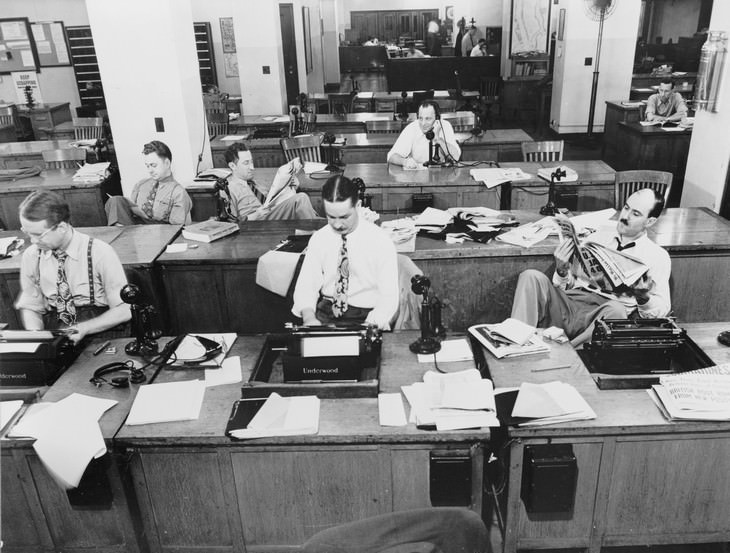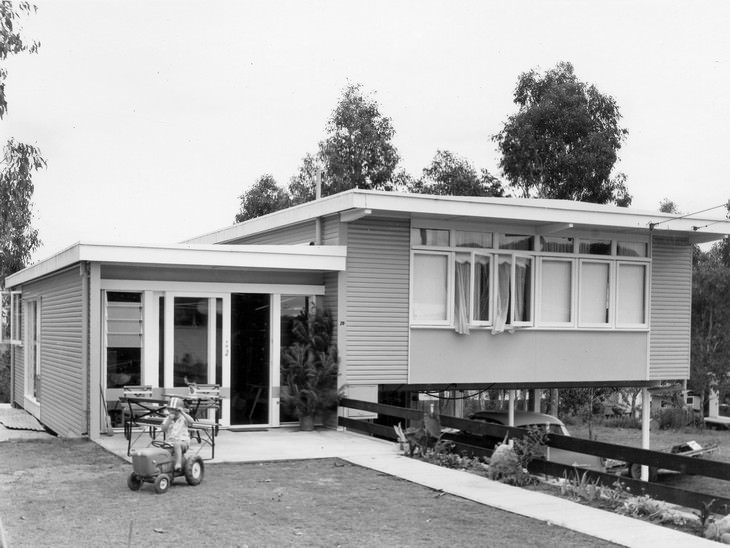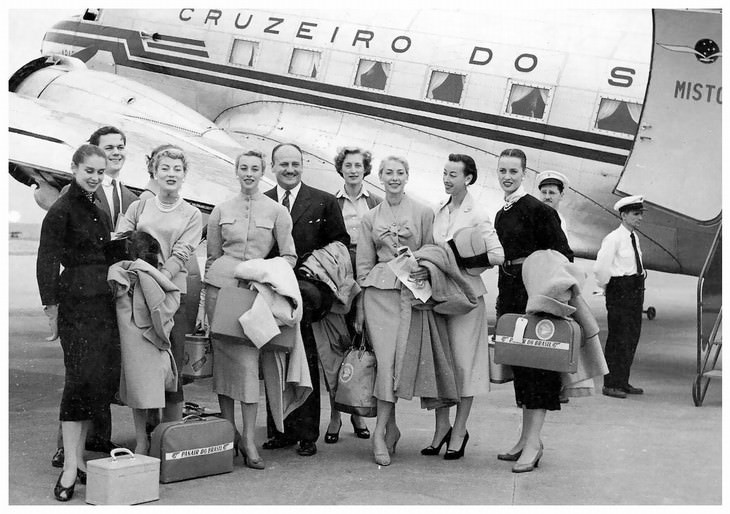1. It Was Much Easier to Meet People in Real Life
Nowadays, people rarely meet and communicate with people spontaneously outside, but this was not the case 60 years ago. At that time, talking in person was practically the only way to meet someone new.
Today, on the other hand, people slowly lose their personal communication skills and rely on their devices to seek communication.
A recent survey, for example, revealed that some young people interact with others almost exclusively through social media platforms and instant messaging, and no one knows how this radical change will affect our society.
2. People Had Better Sleeping Habits
Light emitted from mobile devices seriously influences our sleeping patterns, as it disrupts our biorhythms by tricking our brain into thinking that it’s still day time, which inhibits melatonin production.
That is why doctors recommend staying away from devices at least 30 minutes before falling asleep. Still, a lot of people don’t follow this advice, and together with growing global stress levels, they both cause sleeplessness. 60 years ago, this was not an issue.
3. Finding Your One and Only Was Easier, Too
With the advent of dating websites and apps, a significant percentage of the population somehow still can’t find their significant other, and not because of lack of trying, but rather because of the infamous paradox of choice.
According to this psychological principle, the more choices we have, the more anxious we get and the more difficult it becomes to make a choice. “What if the next girlfriend/boyfriend will be even better than the previous one?”, they think. And in a world where the options are virtually limitless, it is way more difficult to settle on only 1 option.

Only half a century ago, this was very different, as the pool of potential partners was limited to one’s social groups: work, school, family, friends, neighbors and acquaintances, which made romantic love and bonding much less of a headache.
4. Going to the Movies Was More Effortless
The rise of streaming services, such as Netflix, Hulu, and Amazon, slowly but steadily forces out movie theaters and makes cinema owners raise prices on movie tickets. 60 years ago, a movie ticket cost significantly less: about USD 1.42 around 1968-1969 compared to $20+ nowadays, so going to the movies was significantly more accessible.
In fact, buying 1 movie ticket today is more expensive than the monthly cost for the above-mentioned subscription services, no wonder why many people prefer to wait until a film appears online rather than splurging on a movie ticket.
Still, a trip to the cinema definitely has a special charm to it, so we hope that movie theaters won’t die out any time soon.
5. It Was Easier To Disconnect From the World
Although it is very useful to have a GPS or mobile reception when you’re in a remote location because it can show you how to get where you want to go and even display all the gas stations, ATMs and cozy restaurants in the area for your convenience, but it, too, comes with its drawbacks.
In fact, trying to get off the grid is nearly impossible because of social media, geotags, GPS and online finance. Nearly everything you do and everywhere you go leaves a digital footprint.
6. Mental Health Might Have Been Better
According to the federal Centers for Disease Control and Prevention, 1 in 10 Americans is depressed. And though not all of these people suffer from a clinical form of mental illness, studies confirm that depression, stress, and anxiety are on the rise, especially among young people.
Some scientists link this to social media and device usage. When everyone online seems to have a better life and look better than you, no wonder more and more people feel anxious or get depressed.
Unfortunately, Instagram and Facebook aren’t going anywhere any time soon, so we’ll need to learn that what we see online is not a representation of reality the same way a movie isn’t. Luckily for the young people growing up 60 years ago, there was not so much peer pressure and certainly no social media, hence less anxiety and depression.
7. It Was Possible to Provide for a Family With 1 Parent's Earnings
Did you know that in the 1960s, 70% of husbands were the only source of income in a family. Today, on the other hand, more than 60% of families require dual earnings, according to the Pew Research Center.
And though we recognize that women having a career is a wonderful opportunity that wasn’t so accessible back then, we still can’t believe the disparity in numbers. How come it is so challenging to make a living nowadays?
8. Work Used to Rely Less on Technology and Was More Personal
This point goes hand in hand with the 1st one about personal communication. Offices today look very different to offices 60 years ago, as nearly every worker uses their own computer for nearly everything: typing, using work-related software in their field, printing and now even communicating.
Some people even prefer messaging their co-workers instead of talking to them, even if they’re in the same room with them. Half a century ago workplaces relied more heavily on interpersonal communication and more people had friends at work compared to nowadays.
9. Purchasing a Home Used to Be Easier
One of the most shocking statistics is related to housing prices in the US now and 60 years ago. An average home in 2010 cost USD 221,800 with the median income being USD 49,445. In 1960, according to the US Census Bureau, an average home was USD 11,900, while the income averaged at $4,970.
This means that today it’s nearly twice as difficult to purchase a home compared to 60 years ago. Clearly, the housing situation was more advantageous in the 1960s than it is now.
10. People Had Fewer Problems Focusing Before the Rise of Technology
Interestingly, statistical data suggest that, with the advent of personal computers and handheld devices, the average attention span decreased dramatically, between 2004 and 2014 a study observed that the average attention span of workers dropped from 3 minutes to only 2.
No one knows what the attention span of an average person used to be in the 1960s because we don’t have many records from that time, but it is clear that technology lowered it significantly.
11. Air Travel Was Much Easier and Faster
Getting to the airport nowadays is a pain: the regulations, baggage checks and lines that they create are tedious and unbearable, but it wasn’t always like that. 60 years ago, getting on a plane was easier and airport security was significantly more casual.
A lot more items were allowed to be taken aboard the plane, too: blades, scissors and even baseball bats were all allowed, for example. Liquids in any quantities were also not an issue. Clearly, the guidelines we have today are made for important security reasons. Still, it used to be much easier in the past.

